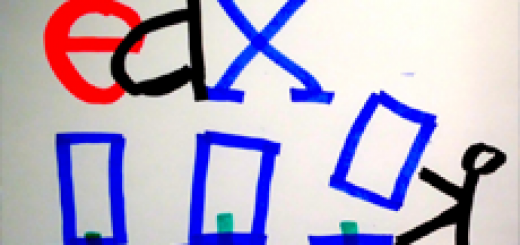 So that you can confidently handle the test in the stressful environment of external independent assessment (EIA), start preparing for the test in advance. And how best to cope with this task, this material will tell you.
So that you can confidently handle the test in the stressful environment of external independent assessment (EIA), start preparing for the test in advance. And how best to cope with this task, this material will tell you.
Before the official test, it is worth doing as many published tests as possible - just for training, for example pass the external examination tests online. You cannot learn to perform tests well without practicing on them yourself, replacing this practice with other types of control and self-control. These exercises not only familiarize you with the typical constructions of test tasks, but also give you another experience - self-observation and optimal self-regulation during testing.
In training, use the correct tactics, that is, follow all the recommendations on how to correctly solve a particular task or the test as a whole. For example, you should not re-read an obscure instruction twice, but you should immediately familiarize yourself with the answer options. Then the content of the answers will clarify to you exactly what is needed in the instructions for this task. This is a concrete example of tactics that should be tested. It can be mastered and effectively applied only by actively practicing in testing.
You have to learn to skip difficult or unclear tasks. Remember: there will always be tasks in the test that you will definitely be able to handle. It is simply unreasonable not to collect points just because you did not get to "your" tasks, but got stuck on those whose study material is unknown to you.
Many tasks can be solved faster if you do not immediately look for the right answer, but consistently exclude those that are clearly not suitable. The elimination method allows you to focus on only one or two answers (which is easier), and not on five or seven at once (which is much more difficult).
Haste should not lead to the fact that you will try to understand the terms of the task from the "first words" and complete the ending in your own imagination. This is a sure way to make embarrassing mistakes on the easiest questions.
Plan the average time for each task in such a way that in two-thirds (maximum three-quarters) of the test you pass all the tasks "on the first lap". Then you will have time to score maximum points on tasks that are easy for you ("your"), and then you will be able to think and get something done on the difficult ones that you initially had to miss.





